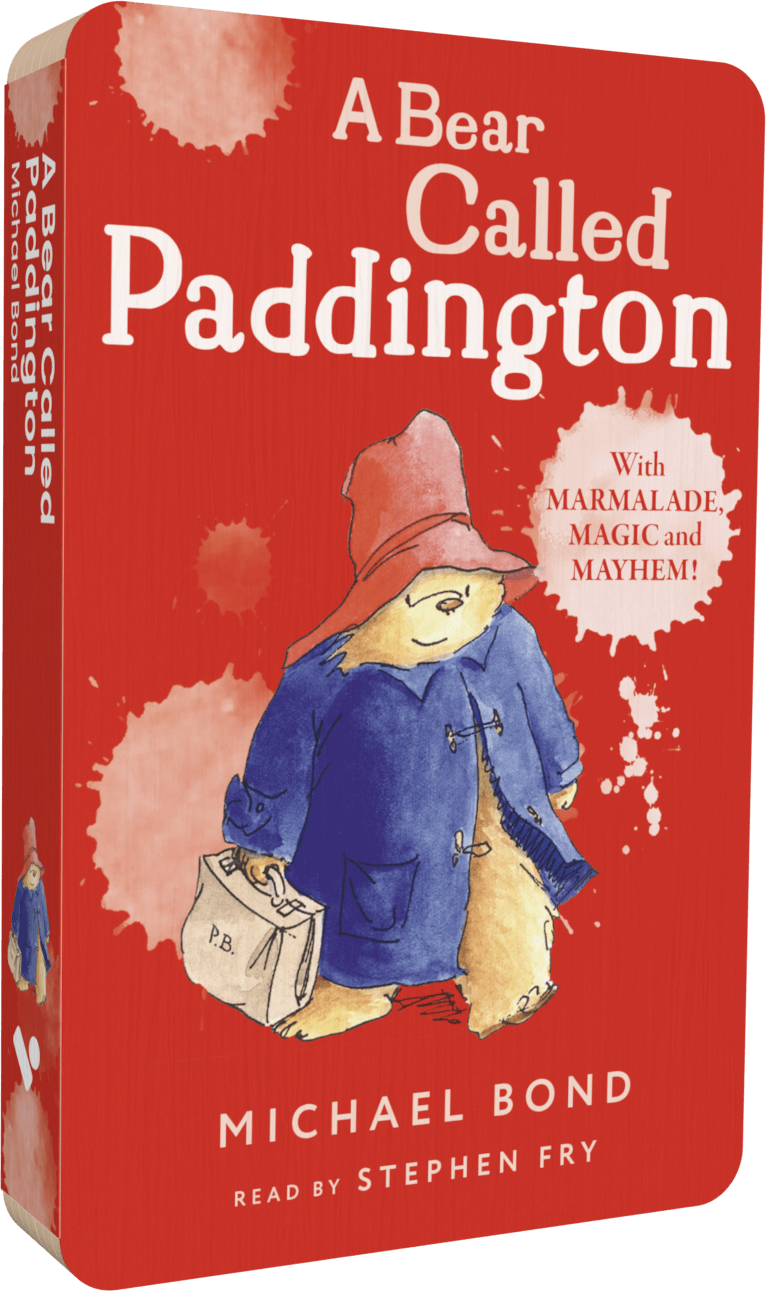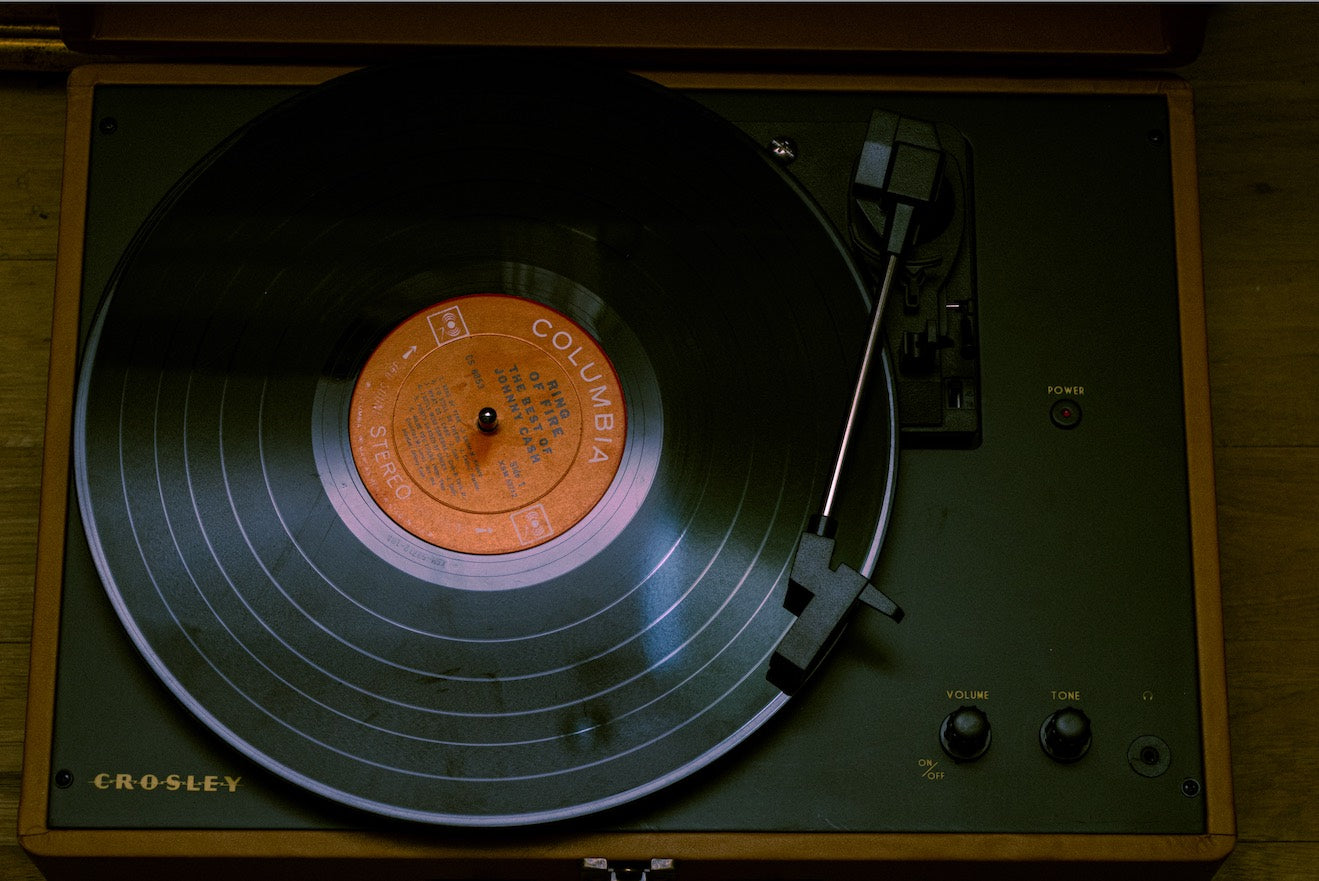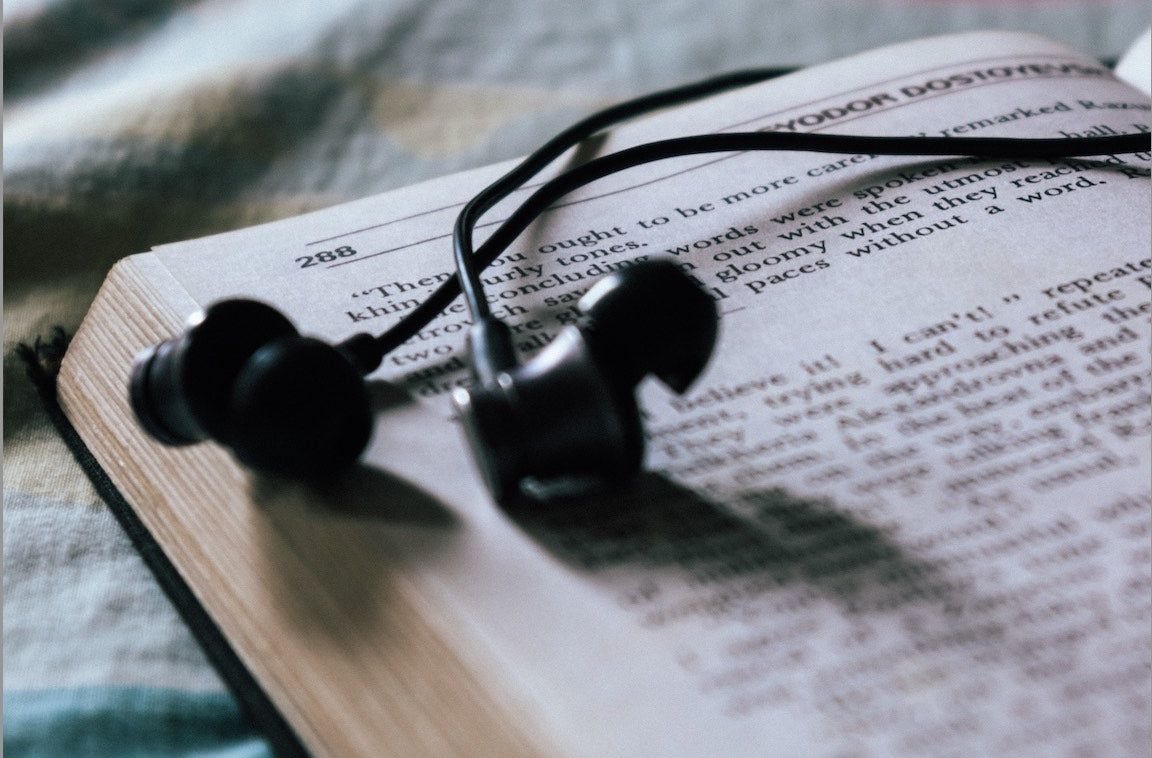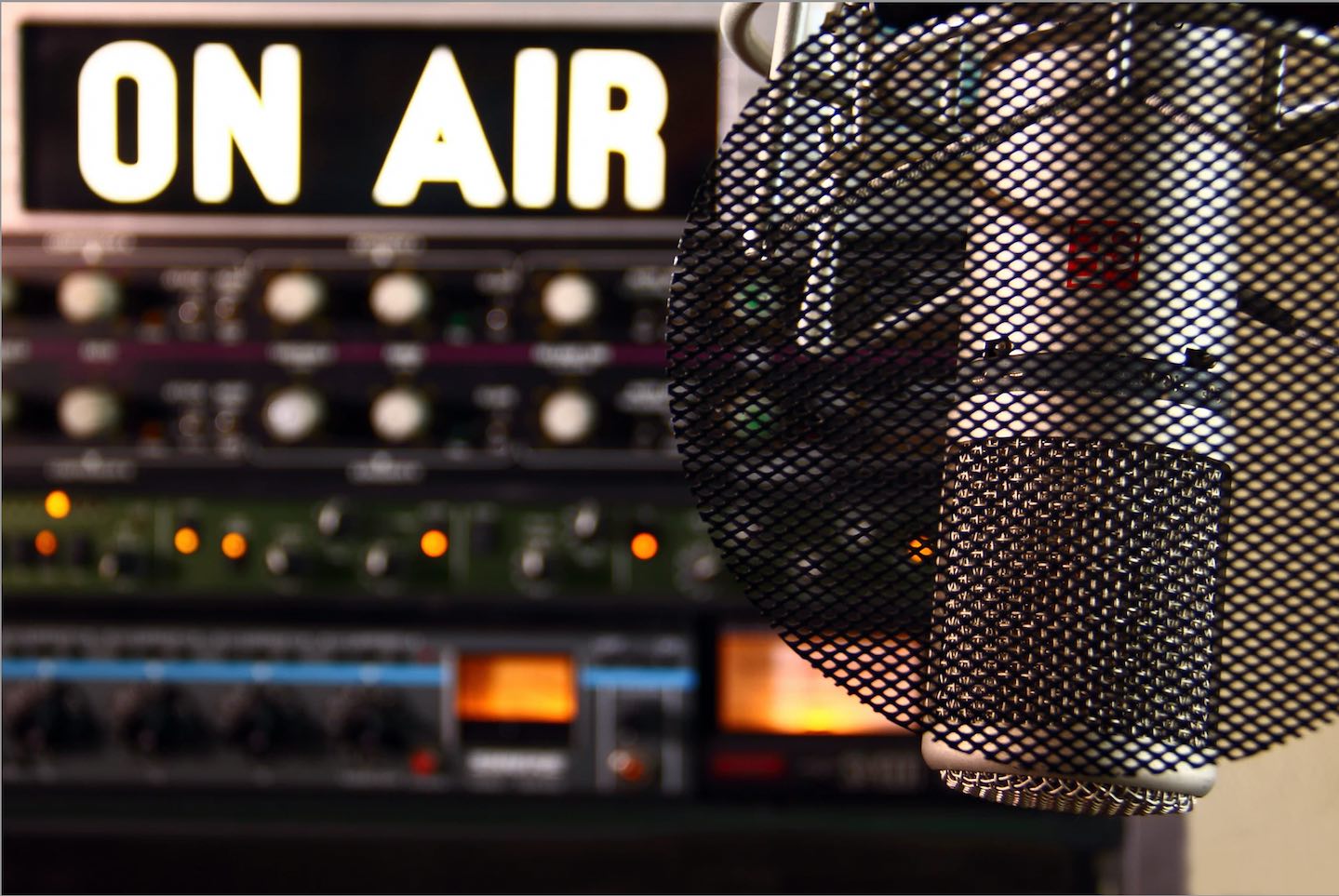Sharing stories with our children. It's something that parents, grandparents, aunts, and uncles have done since the beginning of time. But in recent years, the way that we share stories has transformed dramatically.
For centuries, the only means we had of sharing auditory stories was using our voices. But less than 150 years ago, it became possible to share audio through a physical device.
This innovation transformed the way we share literature. Suddenly, spoken stories became collectable. They were no longer just something to be shared in the moment, but objects that could be kept, displayed and treasured. The technology advanced - LPs moved on to cassettes, and then CDs, but this idea of cherishing tangible objects remained constant.
There is no doubt that the transition to streaming has made audio more accessible. Almost everyone has a smartphone in their pocket, and therefore has access to an audiobook at a single tap. It’s unsurprising that sales of consumer audiobooks increased 42% in the first half of 2020 alone.
 But with audiobooks now largely accessible only through digital platforms, which often entail a costly subscription, there are also certain listeners who have lost out by this transition. Older listeners are a prime example; if you aren’t adept with technology, audiobooks suddenly become beyond reach. Different issues apply for young listeners; for children who may not be able to read yet, what’s the use of a list of titles on a screen? And simply the necessity of a wifi connection and an expensive smartphone, can instantly price out potential listeners.
But with audiobooks now largely accessible only through digital platforms, which often entail a costly subscription, there are also certain listeners who have lost out by this transition. Older listeners are a prime example; if you aren’t adept with technology, audiobooks suddenly become beyond reach. Different issues apply for young listeners; for children who may not be able to read yet, what’s the use of a list of titles on a screen? And simply the necessity of a wifi connection and an expensive smartphone, can instantly price out potential listeners.
And of course, digital streaming platforms completely lose the element of tangibility. There’s a reason bookshelves are a point of pride for so many people; they’re beautiful, and they’re a physical embodiment of memory. Picking up a physical book can immediately transport you back to where and when you read it, in a way that a digital file just can’t.
That’s why at Voxblock, we believe that the way forward for audio involves the best of both worlds. We house a digital file within a tactile tangible block, and in doing so we aim to bring audio back to bookshelves.
That means that when you buy a Voxblock title, it’s yours forever. The content libraries of streaming services are constantly in flux; moving between territories, or simply the passage of time changes what content you have access to. But with tangible audio, it’s yours to keep.

At Voxblock, we’re focussing initially on creating screen free audiobooks for children aged five to ten. Tangibility is hugely important for this age group. Having a physical object, complete with cover art, enables them to choose titles themselves, giving them complete autonomy over their listening experience. But just as importantly, it gives them something to develop an emotional connection with, and proudly display on their bookshelves.
To learn more about Voxblock and get your hands on a player before anyone else, sign up to our mailing list here.





